Manage Bird Conflicts Effectively with Integrated Pest Management (IPM) Plans
Jul 13, 2021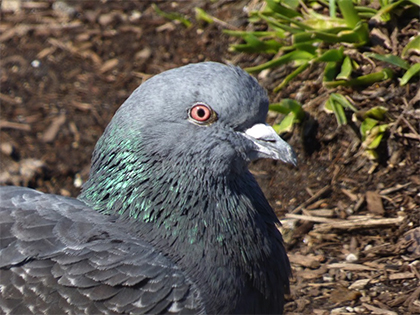
Managing any type of wild animal conflict is complicated, in part because animals, like all living things, have evolved to adapt to changes in their environments.
An Integrated Pest Management (IPM) plan is a science-based approach that takes all of the complications into account to develop the most effective solution for a specific situation.
How Does an IPM Solve Pest Animal Issues?
It works by employing what the IPM Institute of North America describes as “a sustainable, science-based, decision-making process that combines biological, cultural, physical and chemical tools to identify, manage and reduce risk from pests and pest management tools and strategies in a way that minimizes overall economic, health and environmental risks.”
This means that IPM is a solution that uses a combination of best practices based on both the environment and the client.
IPMs start with an evaluation of the issue. Because each property and situation is different, there is no one-size-fits-all IPM plan. Evaluations should be performed on site by someone who is experienced and educated in their field and knowledgeable in the habits and biology of the pests involved.
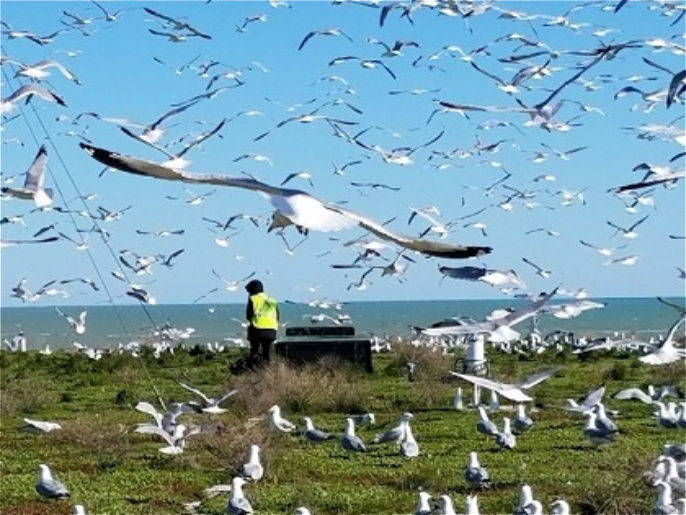
One member of the evaluation team assesses this nesting gull colony on a green roof.
Once the evaluation is complete, the professionals and the clients meet to discuss the evaluation and best practices and address the client’s questions and concerns. Factors include budget, noise restrictions and timelines. Then a plan is put together and proposed to the client based on this discussion.
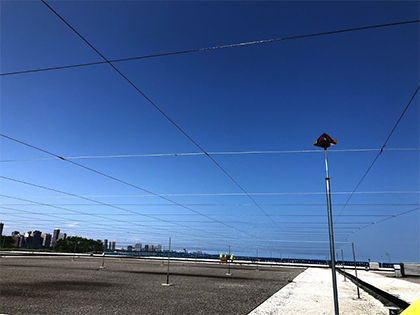
This IPM included multiple structural deterrents, including a grid system and an Eagle Eye visual deterrent.
An IPM plan details the methods, tools, cost, risks, and the timeline for implementing the plan. If accepted by the client, the plan will move forward as designed, adapting as necessary to address changing conditions.
Why IPMs are Important in Managing Bird Issues
Managing pest birds can be complicated and chaotic. You have to be prepared for birds to adapt to the solutions you implement. Birds are very intelligent and can outsmart many management tools and techniques. On top of that, many native bird species are protected and must be managed carefully and in compliance with legal and regulatory protections. You need to make sure that your solutions don’t have unintended consequences like harming non-target animals or damaging the environment, or even creating an opening for new pests to move in. You also have to consider potential impacts to human safety, as well as the potential for inconvenience.
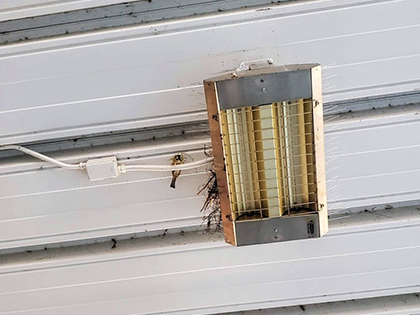
Birds, like this house sparrow, are incredibly adaptive. Here is one building a nest inside the bird spikes used to prevent it.
Because an IPM uses a combination of best practices and is customized for individual situations, it has the highest chance of being an effective and cost-effective solution, in addition to ensuring that you are in compliance with all laws and regulations.
Migratory Bird Management IPM Solutions for Effective Bird Management
Migratory Bird Management was one of the first companies in the nation to develop and utilize IPM solutions for nuisance bird management. We have over 23 years of experience managing all species of nuisance birds. We also have the ability to customize deterrents and solutions for the most effective implementation.

Canines are an important part of our IPM plans for many birds!
The first step is to contact us with your concerns. We will send one of our experienced and educated teams (including biologists, construction experts, and animal behavior specialists) to do an initial evaluation of your property. Then a plan will be developed that is based on the species, your goals, and a customized combination of scientifically based tools and techniques. These include options from the three main categories of management: exclusion, deterrence, and removal. Once a proposal for the plan is approved and signed, we’ll get to work implementing those solutions.
Don’t fall for a quick, easy, and cheap “solution” to your problem. IPM with Migratory Bird Management will be more effective and less costly in the long run.
Contact us to learn more about our IPM plans for managing bird issues
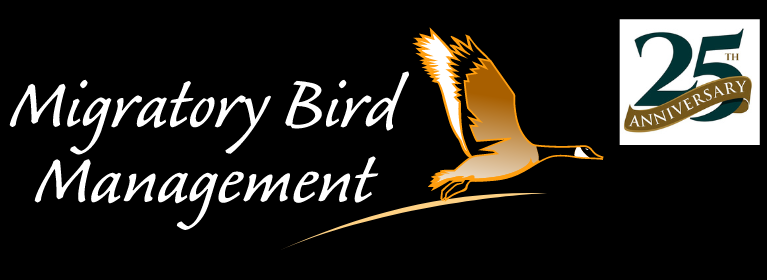



 0
0
